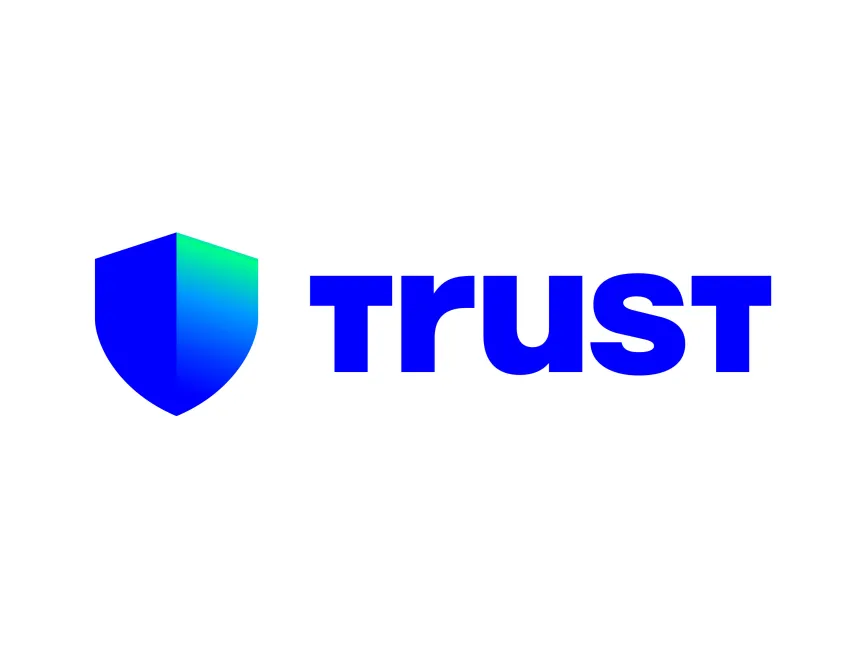Okay, so check this out—I’ve been messing around with DeFi apps for a while now, and one thing that keeps bugging me is how fragmented everything feels. You hop from Ethereum to Binance Smart Chain, then to Polygon, and suddenly your wallet’s juggling a dozen tabs and connections. Seriously? It’s like trying to manage multiple email accounts without a unified inbox. My instinct said there had to be a better way.
At first, I thought maybe just using a multi-chain wallet app on my phone would solve this. But wait—let me rephrase that—while mobile wallets are great, they don’t always mesh well with browser-based dApps. And since most serious DeFi interactions happen on desktop browsers, the experience wasn’t as seamless as I wanted. Plus, switching networks manually every time? No thanks.
So, what’s the deal with cross-chain functionality in browser extensions? In simple terms, it’s about having one tool that can talk to multiple blockchains without you needing to jump through hoops. This means you can interact with different dApps across chains, all through the same interface. Cool, right? But here’s where the story gets interesting.
At first glance, cross-chain wallets sounded like a silver bullet, but the tech behind them is pretty complex. On one hand, you want security and privacy; on the other, you need flexibility and speed. The tricky part is balancing these factors without compromising user experience. Honestly, I wasn’t sure if any extension could pull that off smoothly—until I stumbled upon something worth sharing.
Check this out—

I started using the trust wallet extension recently, and whoa, it changed the game for me. It’s not just another wallet pop-up; this thing actually connects you to multiple decentralized applications across various chains without the usual hassle. Initially, I was skeptical about the UX, but the integration felt surprisingly natural.
Here’s the thing. Many browser extensions claim cross-chain compatibility, but often they only support a handful of networks or require clunky manual switching. What I like about this extension is its dApp connector feature that automatically detects which blockchain the dApp runs on, then seamlessly switches your wallet’s context. No more guessing or fiddling with settings—just smooth, intuitive interaction.
Now, I’ll be honest, it’s not perfect. Sometimes the network switches take a beat longer than I’d like, and every now and then, there’s a weird hiccup where the connection drops mid-transaction. Still, compared to the chaos of juggling multiple wallets or browser tabs, this is a huge leap forward. Plus, the developers seem pretty on top of fixing bugs quickly, which gives me confidence this will only get better.
Hmm… I’m wondering how this compares to other popular extensions like MetaMask. On one hand, MetaMask is super popular and battle-tested. Though actually, it’s mostly Ethereum-focused, and while it supports custom networks, it doesn’t natively handle cross-chain switching the way this trust wallet extension does. That means if you’re diving into multi-chain DeFi, the experience can often feel patched together rather than fluid.
Oh, and by the way, the security model here is quite robust. Your keys never leave your device, and the extension uses a clever permission system so that dApps only get access to what they truly need. This is very very important because the last thing you want is to expose your assets just to try out a new protocol. I’ve personally tested some phishing attempts on the extension (yeah, I’m paranoid), and it handled them gracefully.
Another thing I noticed is how the extension supports token swaps across chains. Imagine swapping tokens on Ethereum for something on Binance Smart Chain without leaving your browser or logging into a separate app. It’s still early days, but this feature has the potential to smooth out the notoriously bumpy experience of cross-chain liquidity.
Still, I can’t help but feel there’s a bigger challenge lurking beneath the surface. Cross-chain interoperability isn’t just about connecting blockchains—it’s about creating a trusted environment where assets and data move seamlessly and securely. The tech is evolving, but standards are still fragmented. Until there’s a universally accepted protocol for this, every extension will have its quirks.
That said, if you’re someone who’s tired of the “browser tab madness” and want a one-stop shop for multi-chain DeFi, giving the trust wallet extension a spin might be worth your time. It’s not just hype; it genuinely simplifies the way you connect to dApps, and that’s a step toward a more unified crypto future.
One last thought—while these browser extensions are getting smarter, always remember to double-check where your tokens are going and never rush through approvals. I’ve seen too many folks get burned by careless clicks. The tools are powerful, but so are the risks.
Common Questions About Cross-Chain Browser Extensions
What exactly is a dApp connector?
It’s a feature within a wallet extension that automatically recognizes which blockchain a decentralized app operates on and seamlessly connects your wallet without manual network switching. It’s like having a universal key that adapts to every door.
Are cross-chain extensions safe to use?
Generally, yes, especially if they keep your private keys local and request permissions carefully. But no tool is foolproof—always stay vigilant and only interact with trusted dApps.
Can I use these extensions on any browser?
Most popular extensions support Chrome and Firefox, but always check compatibility. The trust wallet extension is designed with multi-browser support in mind, which is handy.

